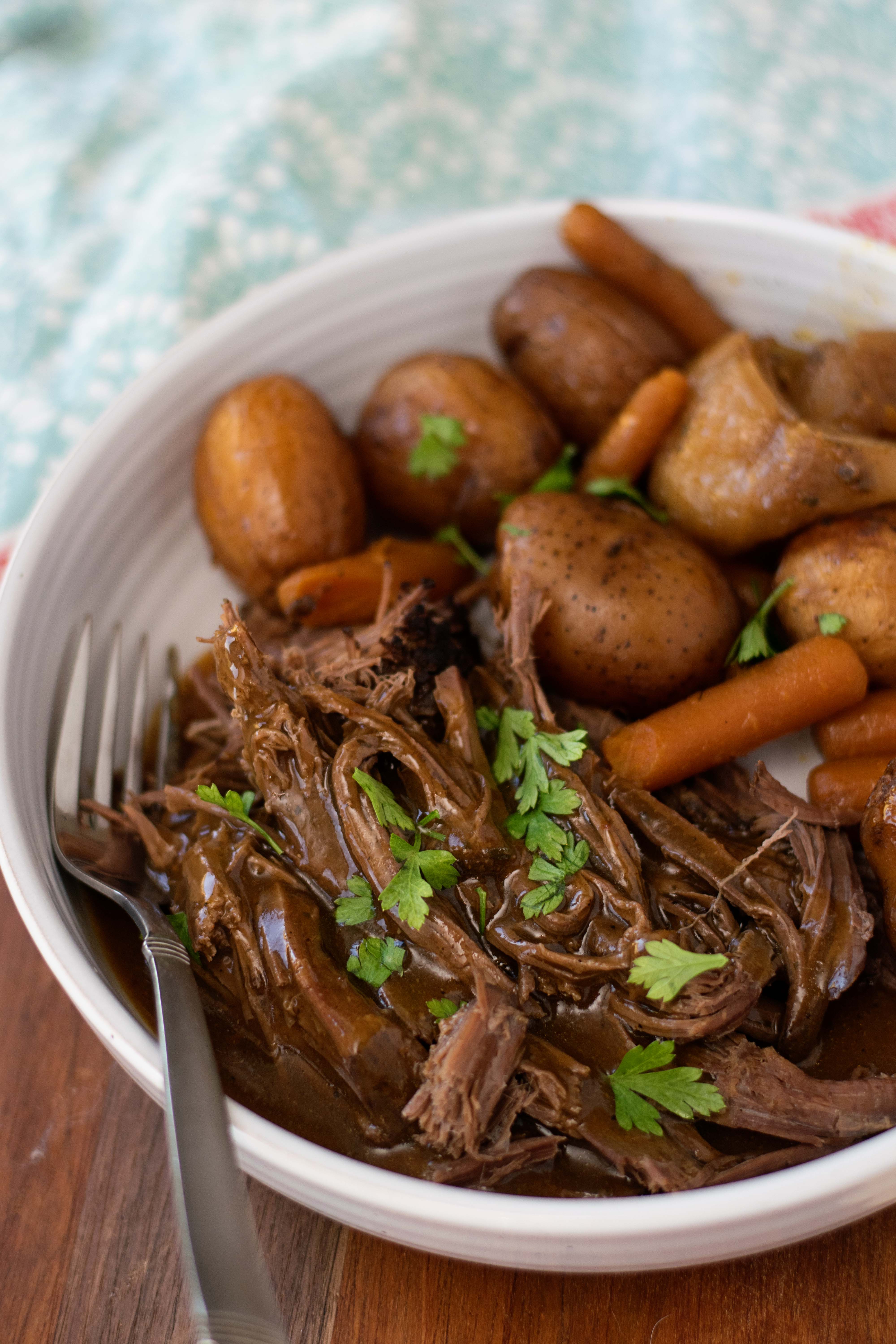From Farm to Table: Fresh and Premium Meat Choices
The journey of meat from farm to table encapsulates an intricate interaction of high quality, ethics, and sustainability. This shift not just boosts the dietary account of meat yet likewise supports local economies.
Recognizing Meat Sourcing
As consumers come to be progressively knowledgeable about the origins of their food, comprehending meat sourcing has acquired vital value. Meat sourcing entails tracing the journey of meat from ranch to table, including various factors such as farming techniques, animal welfare, and ecological effect. This recognition encourages consumers to make informed selections that align with their values, specifically concerning sustainability and moral factors to consider.
The sourcing of meat can differ dramatically based upon numerous standards, including the sort of livestock, farming approaches, and geographical location. Grass-fed beef usually comes from pasture-based systems that advertise animal well-being and reduce environmental deterioration. On the other hand, standard meat might involve intensive farming practices that raise issues relating to antibiotic usage and environment devastation.
Knowing the certain farm or area where the meat stems assists consumers ensure top quality and safety and security. Eventually, understanding meat sourcing not just boosts consumer choice but additionally promotes responsible intake and supports ethical farming techniques.
Benefits of Fresh Meat
Choosing fresh meat supplies many advantages that prolong past flavor and texture. Fresh meat normally retains higher dietary value contrasted to its icy or processed counterparts. It is frequently richer in essential nutrients, such as B vitamins, iron, and zinc, which are important for maintaining total health.
In addition, the sourcing of fresh meat typically involves much shorter supply chains, reducing the time in between ranch and table. This indicates that the meat is less most likely to shed its nutritional honesty during transport and storage space. Additionally, customers can experience enhanced taste and juiciness, which can boost culinary experiences.
Fresh meat likewise offers a possibility for customers to sustain neighborhood farmers and promote lasting agricultural methods. When acquiring from neighborhood sources, people can add to their regional economic situation and foster a higher link to the food they consume.
Finally, fresh meat is normally without the chemicals and additives commonly discovered in processed alternatives. This makes it a cleaner, healthier option for those looking to reduce their intake of man-made active ingredients. On the whole, the advantages of selecting fresh meat include health, taste, and a feeling of area interaction.
Animal Welfare Standards
Making certain high animal welfare requirements is vital for both ethical considerations and the top quality of meat products. The treatment of animals directly influences not just the moral effects of meat production but additionally the general quality and safety and security of completion products. Pets increased in gentle problems are less worried, resulting in healthier pets and, consequently, remarkable meat top quality.
Laws and certifications worrying animal well-being have ended up being increasingly substantial in the meat industry. These structures guarantee pets are given with ample area, proper nutrition, and humane handling throughout their lives. Practices such as pasture-raised systems and free-range settings contribute to far better animal well-being by allowing animals to display my sources natural behaviors, which check that is critical for their wellness.
Moreover, consumers are coming to be much more critical regarding the sources of their meat, leading to a growing demand for items that comply with strict pet well-being standards. This shift not just advertises ethical farming methods yet also encourages manufacturers to adopt procedures that improve the health and wellness and well-being of their pets. Meat. Ultimately, prioritizing pet well-being is not simply a moral imperative; it is also a pathway to producing premium-quality meat that satisfies customer assumptions

Lasting Farming Practices
Sustainable farming techniques play an important duty in enhancing both pet welfare and the quality of meat items. By executing rotational grazing, farmers can promote healthy field ecosystems, permitting animals to feed on nutrient-rich lawns while preventing overgrazing.
In addition, lasting farming typically includes incorporated pest administration and natural feed alternatives, minimizing the use of damaging chemicals. This technique not just safeguards animal health yet also leads to cleaner, much safer meat items for customers. Water preservation strategies, such as rain harvesting see this and reliable watering systems, better add to lasting techniques, ensuring that resources are used sensibly.
In addition, fostering biodiversity via polyculture systems and maintaining environments for wild animals boosts the strength of farming ecological communities. By focusing on these lasting techniques, farmers can create top notch meat that fulfills customer need while advertising eco-friendly equilibrium. Eventually, accepting sustainable farming practices is essential for developing an extra accountable and durable food system that benefits pets, farmers, and customers alike.
Picking Quality Over Quantity
Regularly, customers are confronted with the problem of selecting in between quantity and quality when it comes to meat items. While buying larger amounts may seem financially beneficial, the long-term advantages of selecting top quality meat much exceed the immediate financial savings. Quality meat is commonly sourced from animals elevated in sustainable environments, where they are offered proper nourishment and care, leading to premium flavor and nutritional worth.
Premium meats are usually complimentary from dangerous ingredients, hormones, and antibiotics that are commonly present in mass-produced alternatives (Meat). This not only makes sure a healthier dining experience yet additionally supports moral farming methods that focus on animal welfare. In addition, costs meats have a tendency to have a far better texture and taste, boosting the overall cooking experience
Purchasing high quality meat urges consumers to value smaller parts, permitting a more mindful technique to consuming. This shift not only influences individual wellness favorably yet likewise advertises lasting consumption patterns that can benefit the atmosphere. In final thought, prioritizing high quality over amount when selecting meat products cultivates an extra responsible and health-conscious way of life, inevitably improving both the eating experience and the world.
Final Thought
